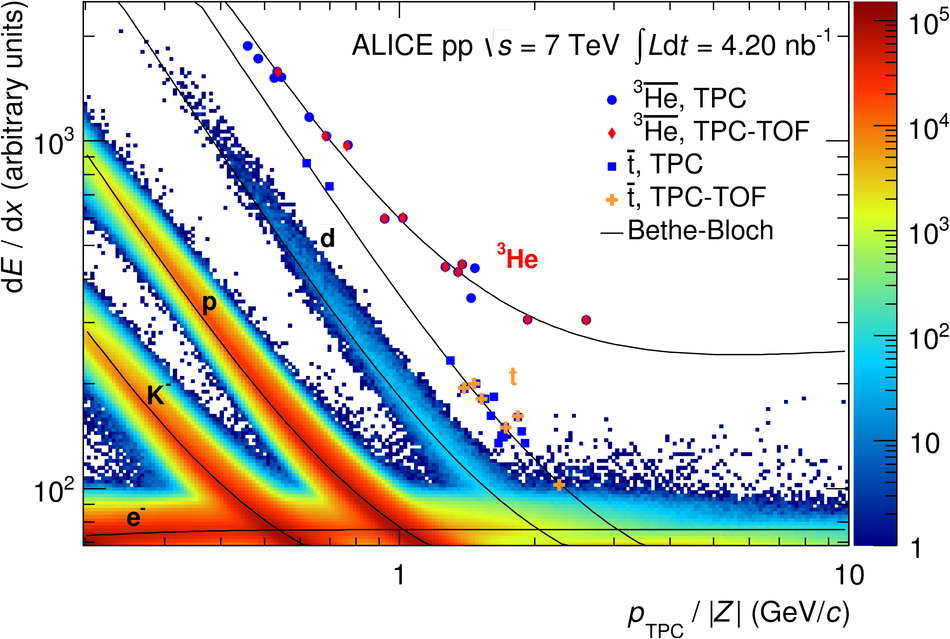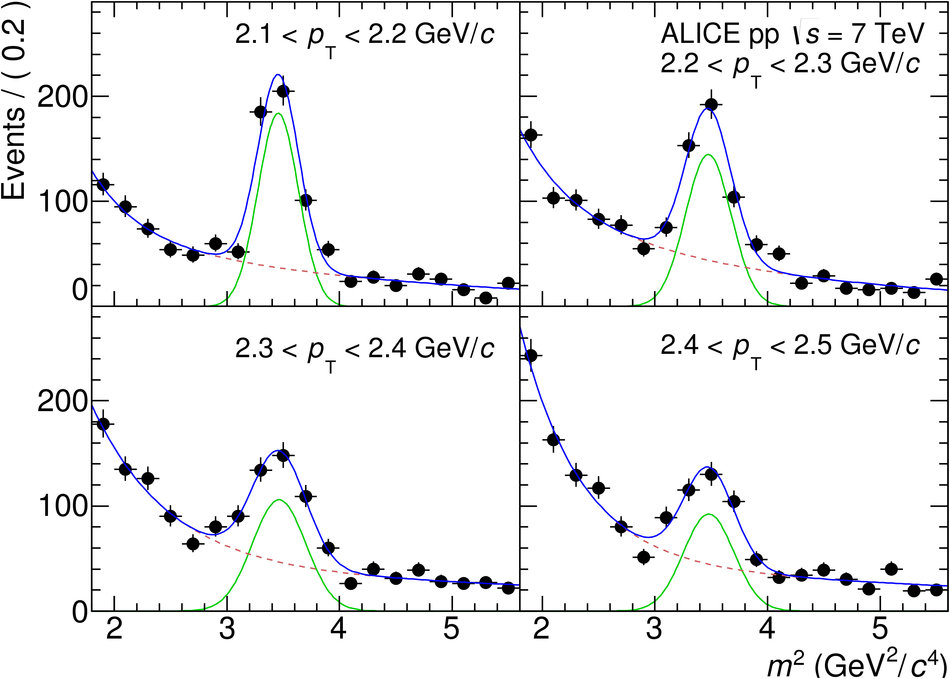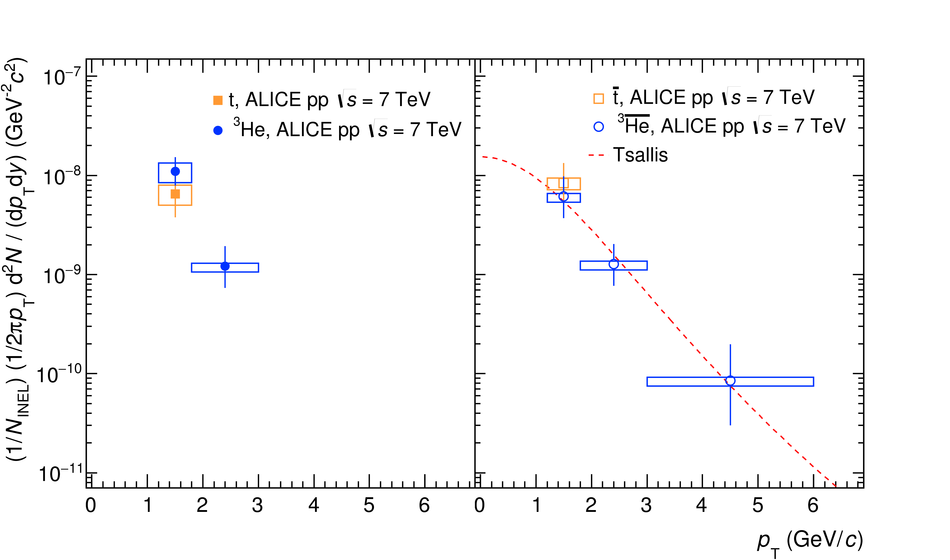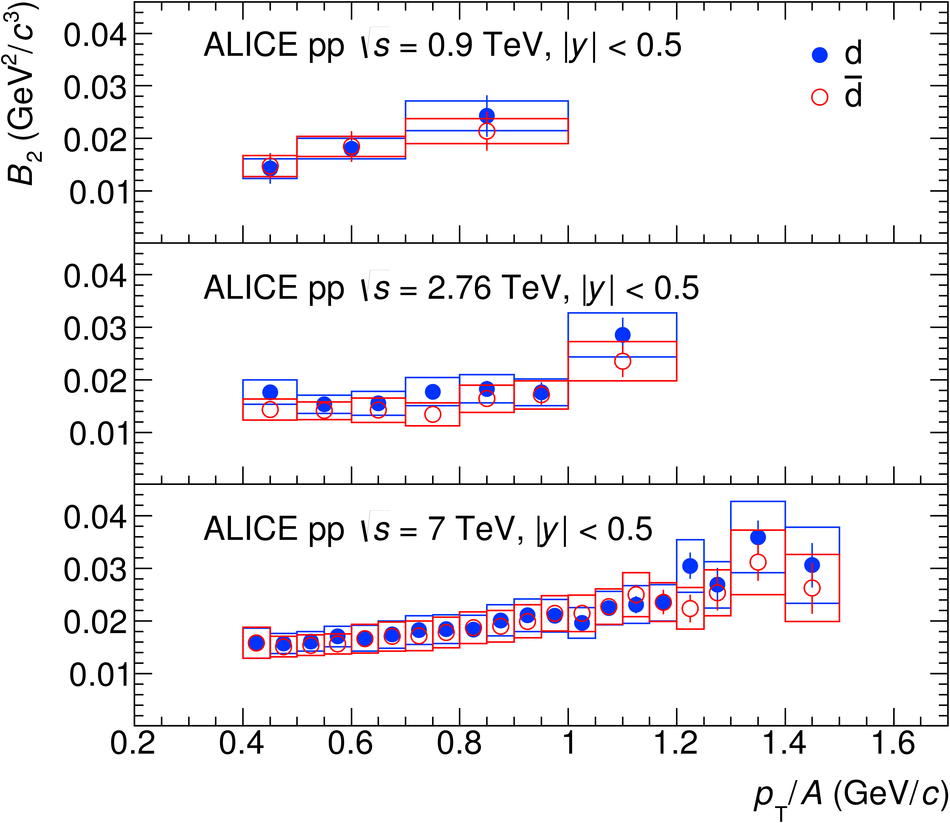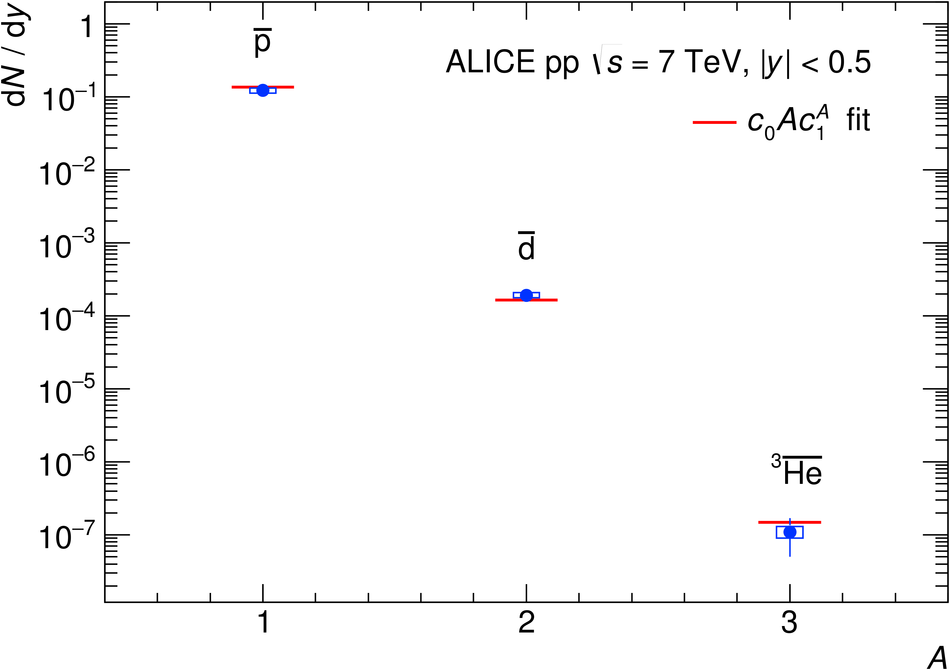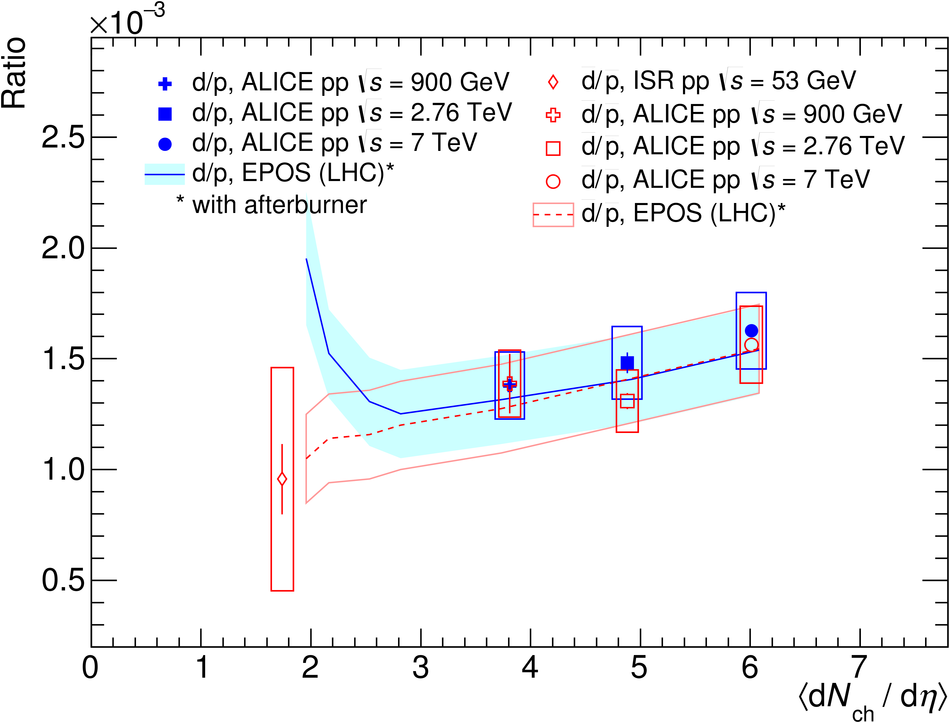Invariant differential yields of deuterons and anti-deuterons in pp collisions at $\sqrt{s}$ = 0.9, 2.76 and 7 TeV and the yields of tritons, $^{3}$He nuclei and their anti-nuclei at $\sqrt{s}$ = 7 TeV have been measured with the ALICE detector at the CERN Large Hadron Collider. The measurements cover a wide transverse momentum ($p_{\text{T}}$) range in the rapidity interval $|y|<~0.5$, extending both the energy and the $p_{\text{T}}$ reach of previous measurements up to 3 GeV/$c$ for $A=2$ and 6 GeV/$c$ for $A=3$. The coalescence parameters of (anti-)deuterons and $^{3}\overline{\text{He}}$ nuclei exhibit an increasing trend with $p_{\text{T}}$ and are found to be compatible with measurements in pA collisions at low $p_{\text{T}}$ and lower energies. The integrated yields decrease by a factor of about 1000 for each increase of the mass number with one (anti-)nucleon. Furthermore, the deuteron-to-proton ratio is reported as a function of the average charged particle multiplicity at different center-of-mass energies.
Phys. Rev. C 97 (2018) 024615
HEP Data
e-Print: arXiv:1709.08522 | PDF | inSPIRE
CERN-EP-2017-255

